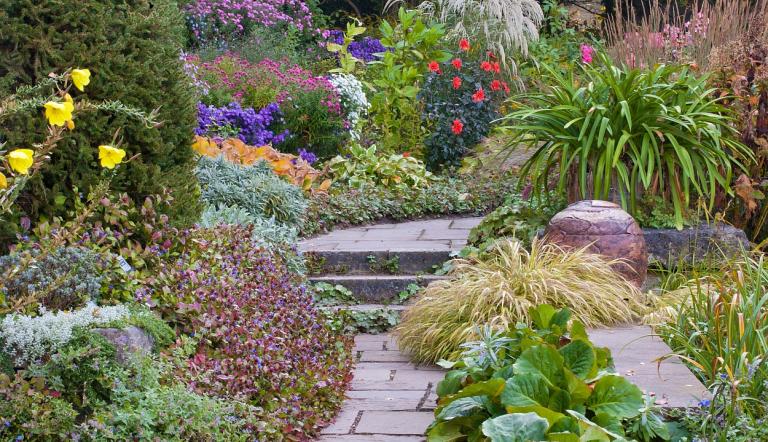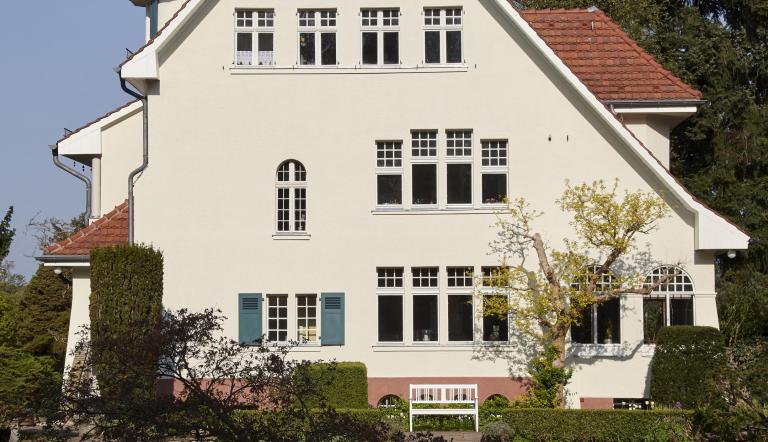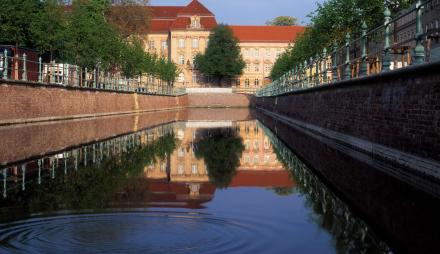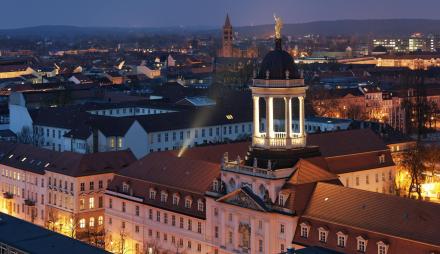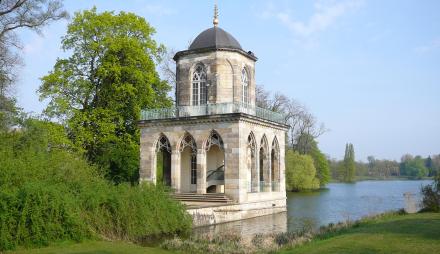In Potsdam-Bornim, the famous perennial breeder and garden philosopher Karl Foerster (1874–1970) lived and worked. In 1912, he began creating a display and experimental area for perennials in his garden. Karl Foerster aimed to demonstrate the diversity of perennials and shrubs, treating each plant as an individual entity. The original garden layout included six thematic areas: the sunken garden, spring path, natural garden, autumn bed, rock garden, and experimental garden. He combined perennials with bulbs, grasses, and shrubs, grouping them in a way that offered visually appealing sections throughout the year.
The garden has been redesigned several times: In the 1930s, Hermann Mattern added terracing to the sunken garden using dry stone walls; in 1960/61, Hermann Göritz made further revisions, and in 1983, Göritz, in collaboration with Peter Herling, redesigned several areas. Since 1981, the garden has been a listed monument under the name "Karl Foerster Memorial Garden." It was reconstructed as a garden monument for the Federal Horticultural Show (BUGA) in 2001. Foerster bred hundreds of plants, including almost 70 varieties of delphinium. Original Foerster perennials can be purchased at the nearby Foerster-Stauden GmbH nursery. Additionally, guided tours of the Foerster Garden take place on the first Sunday of each month from April to October.
A film about Karl Foerster's life is available on YouTube (in German):
Links
Address
Foerster-Garten
Am Raubfang 7
14469 Potsdam
Germany

